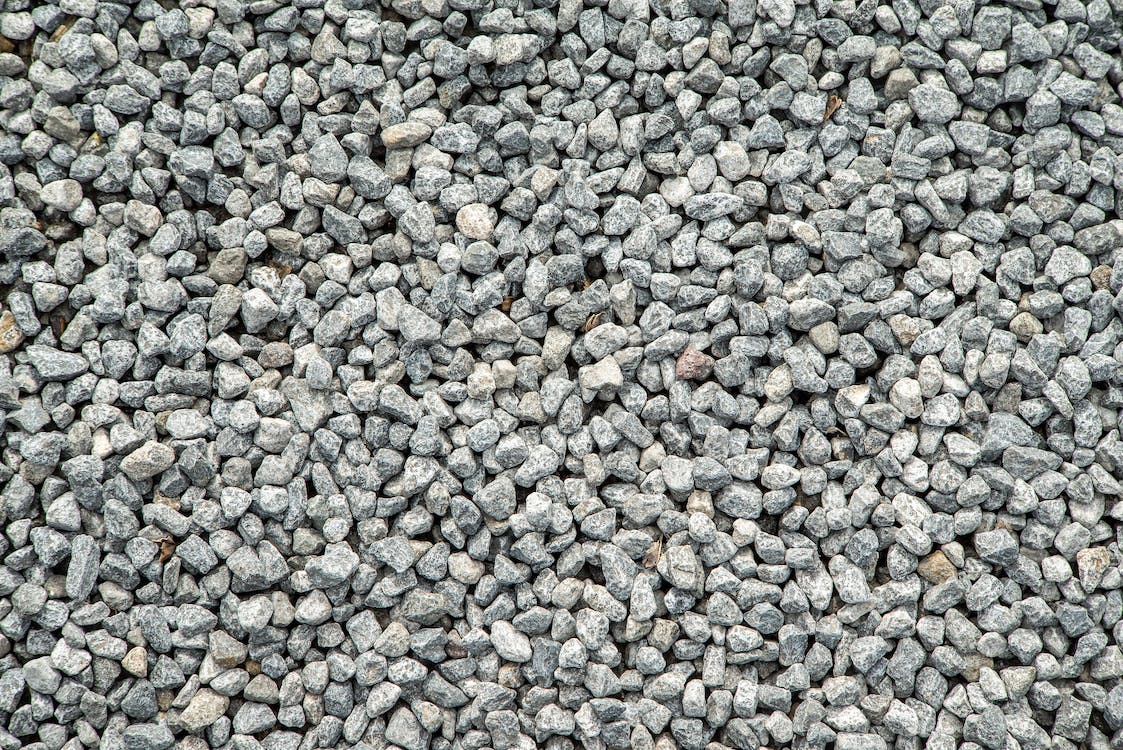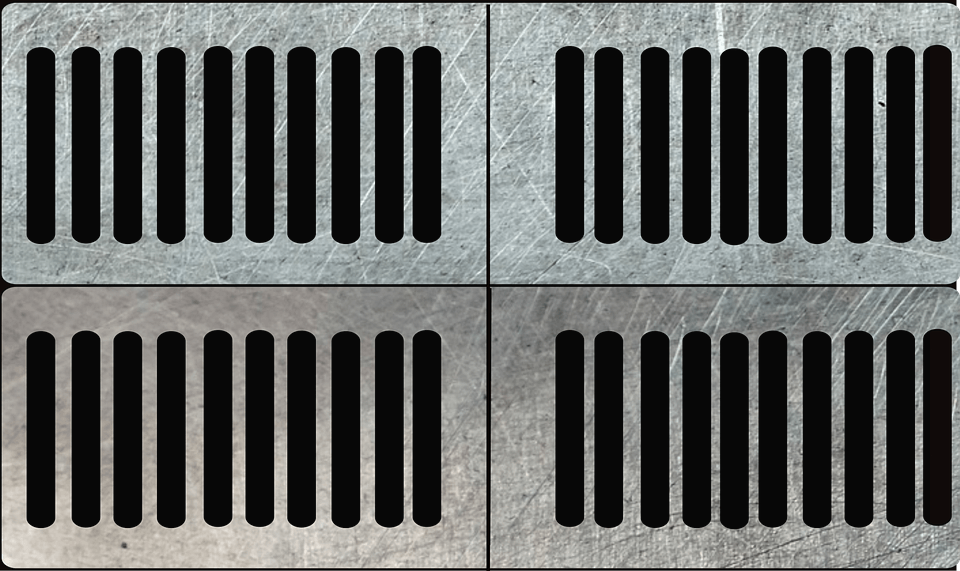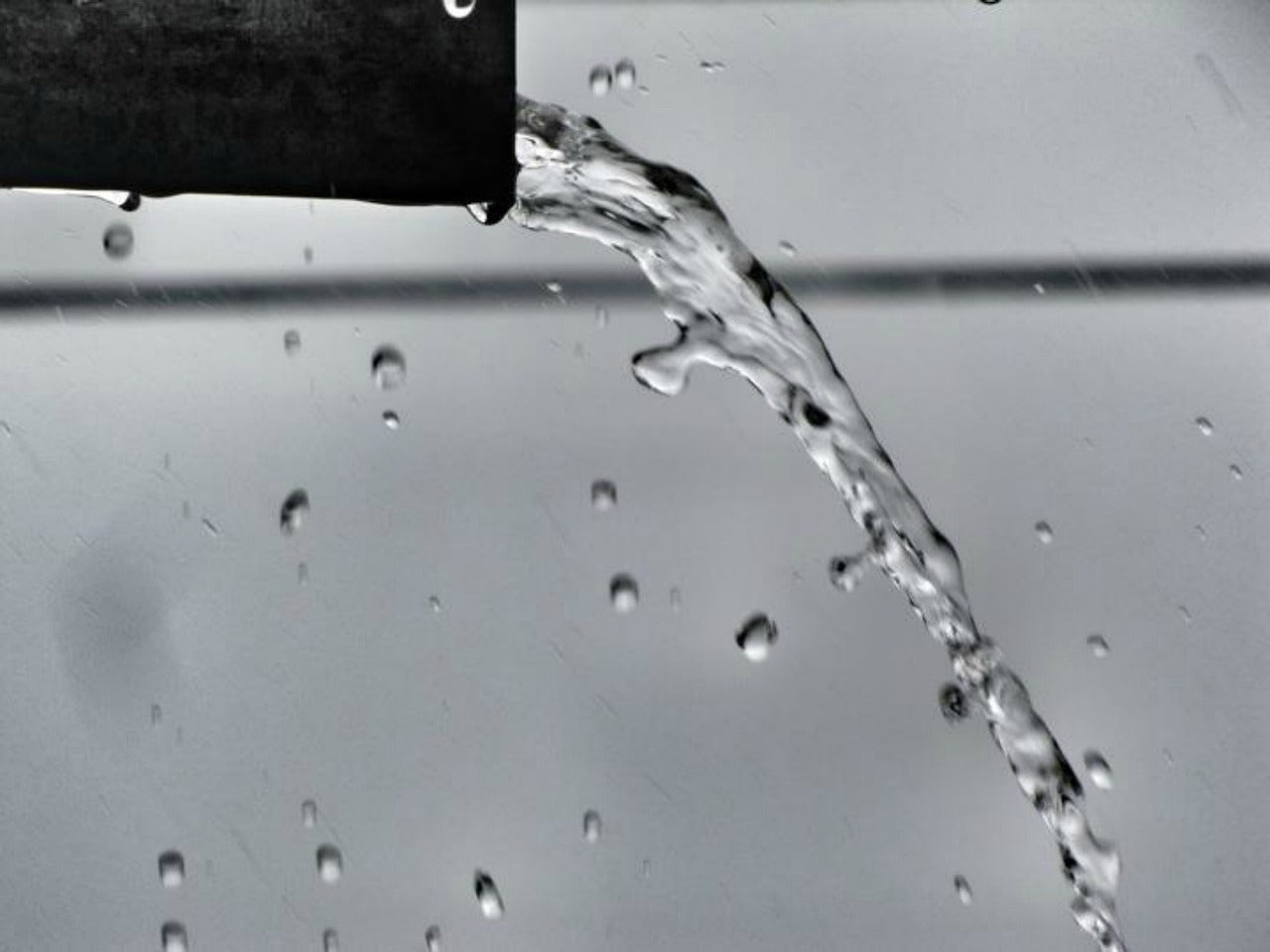Installing pavers is a great way to add a beautiful and functional outdoor space to your home. Paving stones are durable and come in a variety of styles and colors, making them a versatile choice for patios, walkways, and driveways. One important aspect of installing pavers is the amount of gravel needed to support the paver surface.
In this article, we will discuss the role of gravel under pavers, how much gravel is needed for a proper paver installation, the installation process itself, common mistakes to avoid, and maintenance tips.
What is the Purpose of Gravel Under Pavers?
Gravel is an essential component of the base layer for pavers. Its primary purpose is to provide a stable and durable foundation for the paver surface. Without a solid base, the pavers may shift or sink over time, causing an uneven surface. A layer of gravel also allows for proper drainage, preventing water from pooling under the pavers and causing damage.
Types of Paver Base Materials

There are several types of gravel that can be used for the base layer of pavers. Crushed stone is a popular choice for larger projects and can be used for both the base and leveling layers. Quarry process stone is a dense, graded material that is ideal for smaller projects and provides a stable base. Pea gravel is a smaller size and can be used for both the base and leveling layers but may not provide as much stability as other types of gravel.
How Much Gravel is Needed Under Pavers?
The amount of compacted gravel needed for a proper base depends on several factors, including the size and weight of the pavers, the type of paver base material used, the soil type, and the climate.
For a residential driveway, a 6" gravel base on a light, well-draining soil is sufficient. However, in colder regions with weak or continually wet soils, add an extra 2-4" to the gravel base. For paver bases where there will be heavy vehicular traffic, at least 8-10" of gravel is recommended.
To get a rough estimate of how much total gravel you'll need, multiply the length by width of your project area to get the number of square feet. Next, multiply that number by the depth you have chosen, based on the intended use of your paved area. This calculation provides the number of cubic feet, or cubic yards, required for your space.
Gravel Installation Process for Pavers
Preparing the area for gravel installation is crucial for a successful paver project. Start by removing any grass or vegetation according to the square footage of your desired paved area, and digging out the soil to a depth of 7–13”. For areas of heavier traffic, opt for a deeper excavation depth.
Once the area is prepared, you'll want to add a geotextile layer over the soil to prevent the soil and gravel from mixing together. Next, the gravel and stone dust should be spread evenly and compacted with a plate compactor. This ensures that the gravel is firmly in place and provides a solid base for the pavers.
After the gravel is installed, a concrete sand bed should be added on top to provide a level surface for the pavers. Once this sand layer has been compacted, you can then start laying your pavers.
Mistakes to Avoid When Installing Gravel Under Pavers
Several common mistakes can lead to problems with the gravel layer and cause issues with the paver surface. One mistake is failing to properly prepare the site, which can lead to instability and shifting of the pavers over time. Be sure to fill any divots created by removing large debris during the excavation process with gravel, not soil, to ensure maximum stability.
Another mistake is installing an inadequate depth of the gravel layer, which can cause sinking or shifting of the pavers, especially if you live in colder climates. The heavier the traffic, the deeper your gravel layer must be.
Poor compaction techniques can also cause instability, as can a lack of proper drainage. To avoid these issues, it is essential to follow proper installation guidelines, use quality paver base materials and use either a steel tamper or a plate compactor.
Maintaining the Gravel Layer Under Pavers
Once the gravel layer has been properly installed, it's important to maintain it to ensure the longevity of your paver patio, walkway or driveway. Regular maintenance can help prevent erosion, settling, and unevenness that can lead to problems down the line.
Some tips for maintaining the integrity of the gravel layer include:
- Keep the surface clean: Sweep debris and leaves off your paver patio or walkway regularly. Organic matter can break down and create gaps in the gravel layer, allowing water to penetrate and potentially cause erosion.
- Monitor drainage: Check the drainage of your paver surface after heavy rainfall to ensure that water is draining properly. If you notice areas where water is pooling or standing, it may be a sign of a drainage issue that needs to be addressed.
- Repair damage promptly: If you notice any settling, unevenness, or other damage to your paver surface, address it promptly to prevent further damage. This may involve adding more gravel or compacting the existing gravel layer.
- Consider periodic re-leveling: Over time, the gravel layer may settle and become uneven. Consider periodically re-leveling and renewing your flat surface to maintain its integrity and prevent problems down the line.
- Plan for periodic replacement: While proper maintenance can extend the life of your paver patio or walkway, eventually, the gravel layer will need to be replaced. Plan for this periodically to ensure the longevity of your surface.
Nail Your Paver Project with Vodaland's Gravel Driveway Grid and Paving System
Proper installation and maintenance of the gravel layer under pavers is essential to the longevity and integrity of your paved space. Factors such as the type of gravel, the depth of the layer, and proper compaction techniques can all affect the stability and drainage of your surface.
By following the guidelines and tips outlined in this article, you can ensure that your paver surface is properly installed and maintained, providing years of enjoyment and functionality.
If you are looking for top-notch solutions for your paver project, look no further than Vodaland. With our state-of-the-art gravel driveway grid and gravel paving system, you can achieve stunning and long-lasting results for your driveway, walkway, or patio. Don't settle for mediocre paving options when Vodaland can provide you with the best. Contact us today to start your project and experience the difference for yourself.



Leave a comment
This site is protected by hCaptcha and the hCaptcha Privacy Policy and Terms of Service apply.